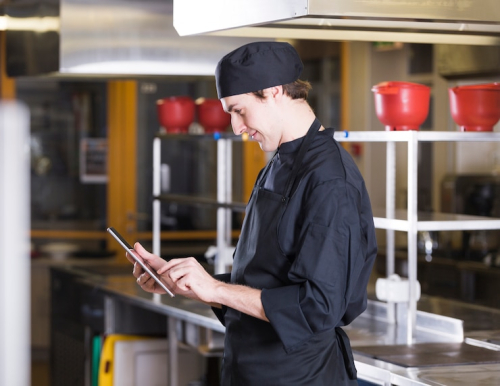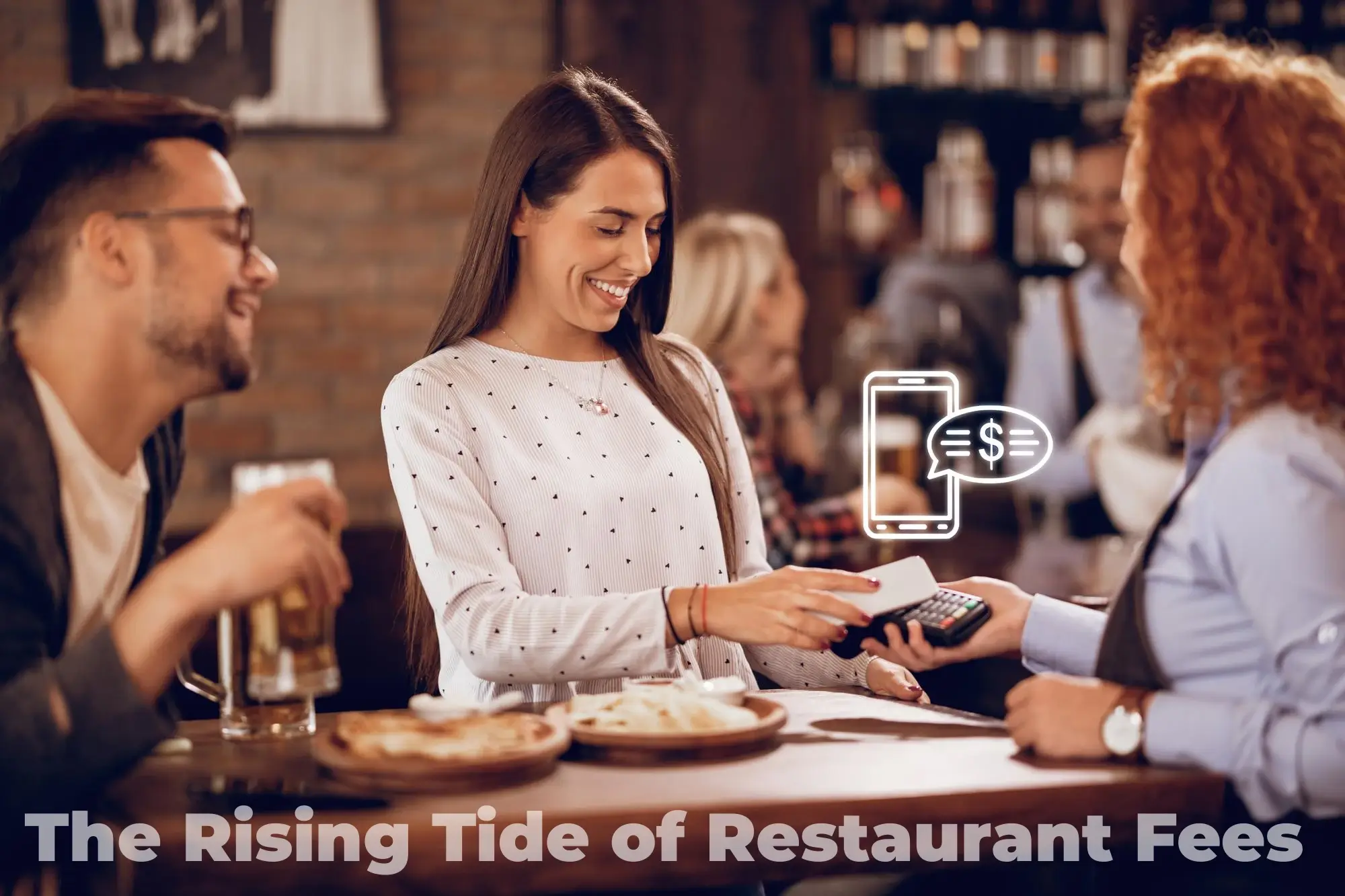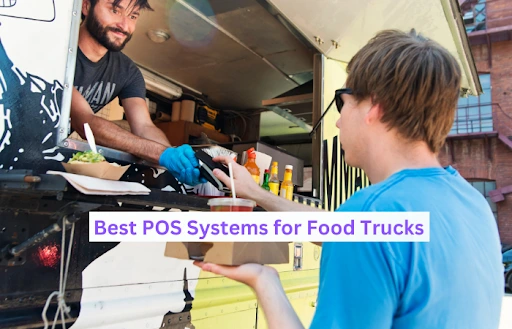Quick Listen:
In the high-pressure environment of a restaurant kitchen, where the clamor of pots, the sizzle of grills, and the urgency of shouted orders create a whirlwind of activity, a quiet technological revolution is taking hold. Kitchen Display Systems (KDS) are transforming the chaos into a streamlined operation, serving as the digital backbone of modern restaurant workflows. These unassuming screens, glowing softly amid the frenzy, orchestrate orders with precision, reduce errors, and shave precious minutes off ticket times. As the restaurant industry grapples with labor shortages, omnichannel ordering, and tight profit margins, KDS has become indispensable, redefining how kitchens operate in a digital-first era.
The Evolution of Kitchen Operations
Gone are the days of grease-stained paper tickets and bellowed instructions across the kitchen. Today’s kitchens rely on cloud-connected KDS, which integrate seamlessly with point-of-sale (POS) systems, third-party delivery platforms like DoorDash, and inventory management tools. This digital nerve center ensures that dine-in, takeout, and delivery orders are managed with unparalleled accuracy. The stakes are high: a single misstep can lead to a botched order, an unhappy customer, or a scathing online review. KDS mitigates these risks by providing a unified platform that keeps kitchens in sync with the demands of modern dining.
The broader market for noise-reducing technologies offers a compelling parallel. The silent motors market, valued at $1.25 billion in 2024, is expected to grow to $3.5 billion by 2033, with a compound annual growth rate (CAGR) of 12.5% from 2026 to 2033. Silent motors address noise pollution in automotive and industrial applications, much like KDS tackles the auditory and operational overload in busy kitchens. Both technologies reflect a growing demand for quieter, more efficient environments, driven by urbanization and stricter regulations.
Smart Technology at the Core
Modern KDS platforms are far more than digital order boards. They are intelligent systems that leverage cloud technology to sync with POS systems, delivery apps, and inventory trackers, creating a cohesive ecosystem for managing complex order flows. Quick-service restaurants (QSRs) and ghost kitchens delivery-only facilities producing meals for multiple brands have embraced KDS to handle the influx of omnichannel orders. Advanced features, such as AI-driven order routing, allow systems to predict prep times and direct tasks to the least-burdened kitchen station, optimizing workflow during peak hours.
For example, during a hectic dinner rush, a KDS might detect that the grill station is overloaded and reroute a salad order to an idle prep station, cutting down wait times. Touchscreen interfaces and voice-activated controls further enhance efficiency by eliminating the clutter of paper tickets. These advancements align with broader trends in efficient power management, as seen in the isolated half-bridge drivers market, which is expanding due to the need for streamlined energy solutions in industries like automotive and consumer electronics.
Real-World Impact: Case Studies
The transformative power of KDS is evident in real-world applications. A national burger chain implemented a cloud-based KDS and significantly reduced order errors. Orders now appear instantly on kitchen screens, color-coded by urgency and station, allowing staff to focus on cooking rather than deciphering handwritten tickets. The result is faster service and happier customers.
Smaller operators are also reaping rewards. A Chicago pizzeria, juggling online orders and a crowded dining room, adopted KDS to manage rush-hour chaos. Real-time updates enabled the team to prioritize delivery orders without delaying in-house service. Ghost kitchens, managing multiple brands from a single facility, rely on KDS to track diverse menus from sushi to burgers while maintaining brand-specific workflows. These success stories demonstrate KDS’s versatility, scaling effortlessly from independent eateries to corporate chains.
Challenges to Adoption
Despite its benefits, implementing KDS is not without challenges. Integrating with legacy POS systems can be a technical hurdle, particularly for older restaurants running outdated software. Staff training poses another obstacle, as seasoned cooks accustomed to paper-based workflows may resist learning new technology. High turnover in the restaurant industry exacerbates this issue, making ongoing training a necessity.
Cost is a significant consideration. A robust KDS setup can cost thousands of dollars, a daunting investment for small operators. Network reliability is equally critical; a KDS depends on a stable internet connection, and outages can paralyze operations. Maintenance issues, such as software glitches or hardware failures, further complicate adoption. Restaurants must carefully balance these challenges against the long-term benefits of improved efficiency and reduced errors.
Boosting Productivity, Cutting Waste
When implemented effectively, KDS delivers measurable results. Ticket times shrink as orders flow seamlessly from front-of-house to kitchen. Errors decline, eliminating the need to squint at illegible handwriting. Communication improves with alerts for rush orders or special dietary needs. Real-time analytics provide insights into kitchen bottlenecks, enabling data-driven staffing adjustments. One chain used KDS data to identify workflow inefficiencies, prompting adjustments that improved operational efficiency.
KDS also supports sustainability. By replacing paper tickets, restaurants reduce waste, aligning with eco-conscious trends. The silent generators market, projected to reach $5.6 billion by 2032 at a CAGR of 6.6% from 2025 to 2032, reflects a similar focus on sustainable, efficient technologies. Silent generators meet the demand for reliable, quiet power in diverse settings, just as KDS delivers streamlined operations in the kitchen.
The Future of KDS
The future of KDS is bright, with AI poised to elevate these systems further. Advanced algorithms could learn a kitchen’s rhythm, optimizing prep paths or suggesting staffing changes in real time. A KDS might even prompt servers to upsell high-margin items based on idle stations. Beyond restaurants, KDS is gaining traction in food trucks, hotel kitchens, and catering operations, where speed and coordination are paramount.
Industry experts recommend an integration-first approach for adopting KDS. Select a system compatible with your existing tech stack, prioritize staff training, and track metrics like ticket times and error rates to measure ROI. The noise suppression sheet market, expected to grow significantly by 2031, underscores the demand for technologies that enhance comfort and efficiency, a trend KDS exemplifies in the restaurant sector.
Quiet Technology, Transformative Impact
Kitchen Display Systems may not capture the spotlight, but their influence is profound. They transform chaotic kitchens into models of efficiency, enabling restaurants to navigate the complexities of modern dining. In an industry battered by rising costs and evolving consumer expectations, KDS offers a lifeline a way to achieve more with less. As restaurants embrace digital transformation, KDS is not just a tool; it’s the foundation of a scalable, future-ready operation. In the fast-paced world of hospitality, where every second counts, KDS proves that the quietest technology can deliver the most resounding results.
Disclaimer: The above helpful resources content contains personal opinions and experiences. The information provided is for general knowledge and does not constitute professional advice.
You may also be interested in: 7 Best Restaurant POS Systems 2024
Scattered systems and manual processes erode your restaurant’s margins daily. Milagro unifies POS, digital menus, online ordering, staffing, loyalty, and AI-powered marketing into one platform, slashing costs and enhancing guest loyalty. Reclaim control over operations and drive revenue growth. Streamline your workflow and elevate profitability. Schedule your Milagro demo today!
Powered by flareAI.






